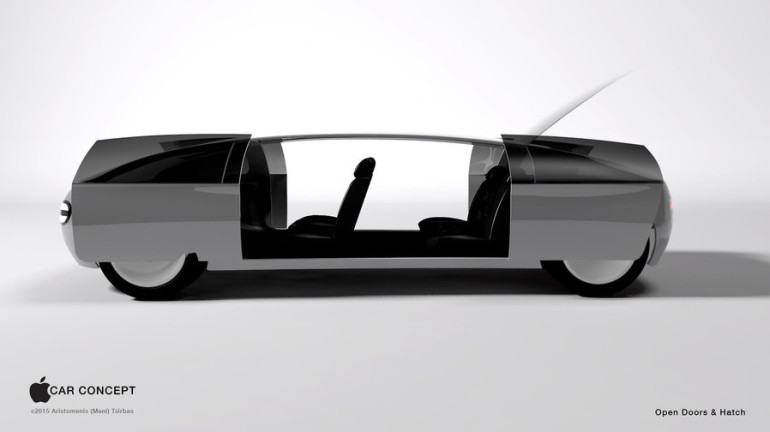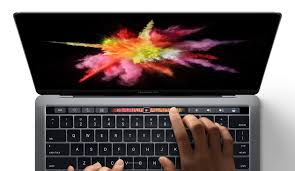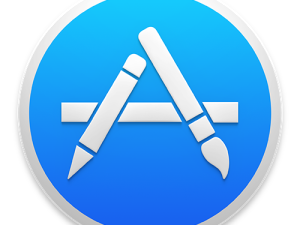
At the threshold of Silicon Valley 4.0 (roughly 2022), people will be connected everywhere, but traversing the space between us won’t have been innovated upon in roughly a century. We won’t be truly mobile until cars receive the full and complete benefits of computing and connecting. The company that changes that may well be the same company that has kicked off two of Silicon Valley’s three consumer cycles (Apple II, iPhone): Apple.
In a tilt mirroring the Apple vs. everyone-else-enabled-by-Google battlefield of smartphones, Apple will go up against competitors using Google’s self-driving car platform. Players like Tesla (or Mercedes, et. al.) may take on for cars the role Samsung has played for Google in mobile phones.
This brings up at least three questions:
1. Why Apple (instead of Google, Tesla, BMW, Mercedes, etc.)? While it will have to eek out a come-from-behind win (especially in manufacturing and batteries), Apple has design, consumer-grade system integration, market scale, supply chain buying power, cash reserve, brand, and go-to-market advantages over all others. Although traditional car companies including Mercedes, Volkswagen Group, BMW, and others are pursuing independent work on autonomous cars from offices in Silicon Valley, their resourcing (tens to low hundreds of people) is already eclipsed by that of Apple’s supposed effort (1,000+ … to begin with) as well as that of Google. And Apple and Google’s efforts don’t have to phone home to HQ in Stuttgart, Wolfsburg, Munich, Detroit, or Tokyo for permission and resources.
2. Why end-product (a la iPhone) instead of platform (a la CarPlay)? The abject failure that has historically ensued when Apple allowed others to build crucial consumer products on its foundational technologies (see Mac clones and MOTO ROKR E1) has caused Cupertino to steer clear of this kind of reliance for nearly a decade.
3. Why 2022 if Google has self-driving cars in Mountain View today? The key to autonomous transportation is getting to 100 percent door-to-door autonomy, including the complex environment of surface streets and neighborhoods (National Highway Traffic Safety Administration Level 4 to be official). Even Google and Tesla, the leaders in autonomous driving, are not predicting 100 percent driverless vehicles until 2020. Knowing how these things go in Silicon Valley, we’ll give them an extra two years.
You should go and read the full article here, but we at HarborDev fully agree that there are big things (no pun intended) soon to come from the tech giant. Apple has always striven to create physical connections between people and therefor enriching people’s lives.
This post was written thanks to Venturebeat’s article here.





